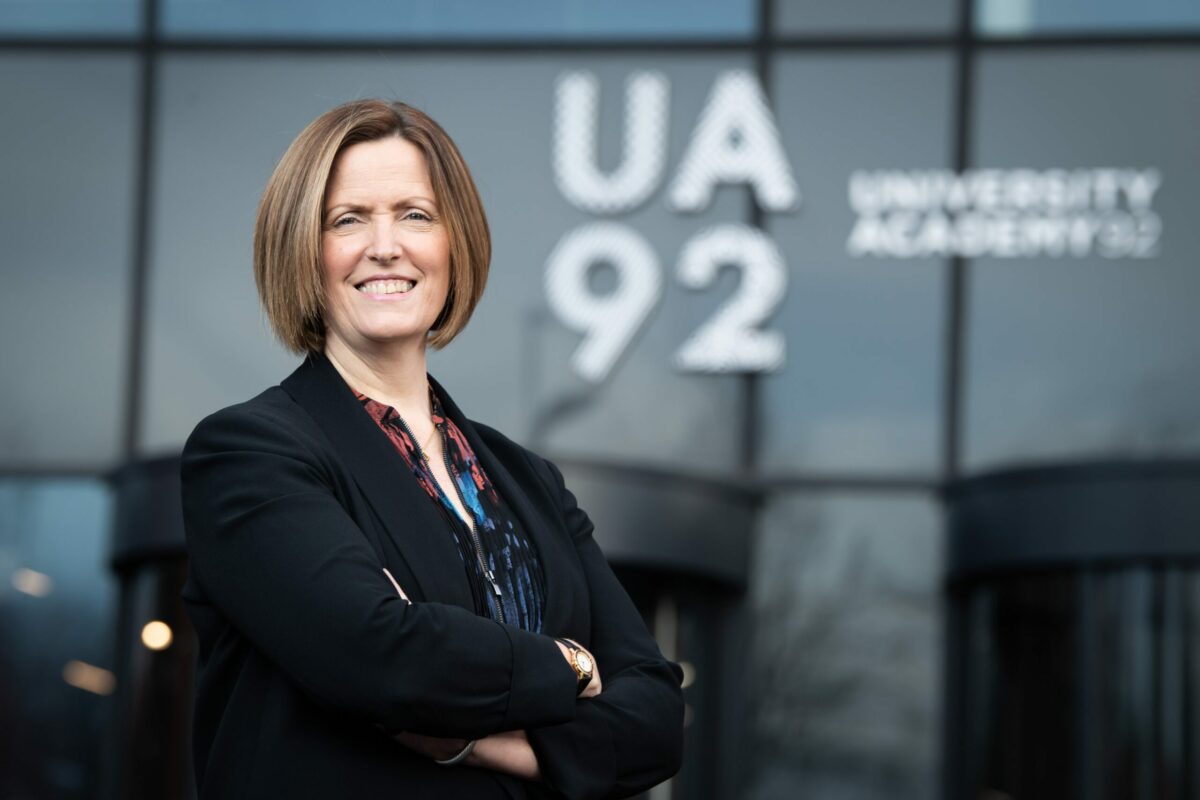Modern learners expect more flexibility than a single September entry point

Higher education is at a real crossroads. The seismic impact of the Covid pandemic, massive technology changes, the economic downturn and an uncertain policy landscape all point to an increasingly competitive market where student expectations, both socially and financially, far outweigh the traditions that have long ruled the roost in higher education.
The student experience is now one of “customer” experience, and the choice of where to study is no longer down to pure educational needs alone but what else the university can offer them. Student unions and sporting facilities have long met such demands, but the institutions keeping up with the modern educational customer are tapping into broader opportunities to enhance student engagement.
Universities’ ability to meet these evolving needs will be mission-critical
In the swelling higher education market, universities’ ability to meet these evolving needs will be mission-critical, especially in attracting new students who are not only choosing where to study – but when.
Figures released by UCAS in December 2022 revealed admissions for last September saw a welcome rise in the proportion of students from disadvantaged backgrounds entering university. Yet, it was also highlighted that many students were missing out simply because of demand. With a predicted year-on-year rise in the number of applications being made, these supply and demand problems are only expected to increase as the admissions process remains completely wrapped around UCAS and A Level timings. Just last month, the Admissions Director at Cambridge University warned that students choosing to apply to competitive universities only were “unlikely” to get many offers. Therefore, we must modernise this inflexible method for all students and the broader market. We need a cohesive approach.
Students can begin their studies at multiple points throughout the year
A small minority of global universities and higher education facilities like UA92 are starting to adapt with us. Students can begin their studies at multiple points throughout the year, such as in November, January, February, April and June. We’ve made this move to enhance our proposition and give new students a chance to step onto the higher education ladder at a time that suits them. They don’t need to wait or feel like they have missed out if they are changing jobs, relocating, traveling, raising a family or need more time to get finance in place. Even simpler, they may want to wait longer to consider a life-changing decision to enter higher education.
This approach can also open doors to many more students from families where they are the first to attend university—something we can see from our high proportion of students from disadvantaged backgrounds. In this respect, a multi-point entry option should be seriously considered for higher education establishments looking at their EDI and social mobility policies, which are critical to embedding high levels of student satisfaction and welfare.
In my view, those “missing out” last September should have had the opportunity to enter a wealth of universities at another stage in the year, but the options to do so are few and far between.
Of course, implementing student intakes throughout the academic year requires logistical changes to how a higher education institution delivers degree courses and more comprehensive programmes, but it is possible. Our campus is home to over 800 students studying a portfolio of courses across business, sport, media and digital disciplines, and Lancaster University accredits them.
Student lectures, placements, masterclasses, tutorials and much more must be carefully orchestrated to accommodate maximum time with educational teams and industry partners. But the benefits of having a continuous rotation of new learners, rather than once per year, are effective for the student community and give staff enhanced morale as they welcome new faces all year round.
This approach also staggers student exit
As well as opening up access to higher education, this approach staggers student exit. Completing studies throughout a year allows employers to hire a steady stream of graduates, far better suited to their needs than one large intake every summer. It’s also a positive for students, who inevitably face less competition from others seeking jobs in a crowded jobs market.
Taking our immediate location as an example, according to Centre for Cities research, Manchester has the largest graduate talent pool outside of London. The numbers are significant: according to Manchester City Council, there are an average of 100,000 students in the city region and in excess of 70,000 in the city itself. Annually, approximately 36,000 students graduate within the region and 10,000 within the city, all fighting for graduate roles.
To truly modernize higher education, we must look at student engagement. We are no longer in a society where the traditions we encountered during our education journey match modern needs or where we should keep procedures in place just because “it’s the way it’s always been.”
As educators and leaders, we must recognise these changes, move with the times and continually break the mould to futureproof higher education.
By Sara Prowse – CEO of University Academy 92 (UA92)











Responses